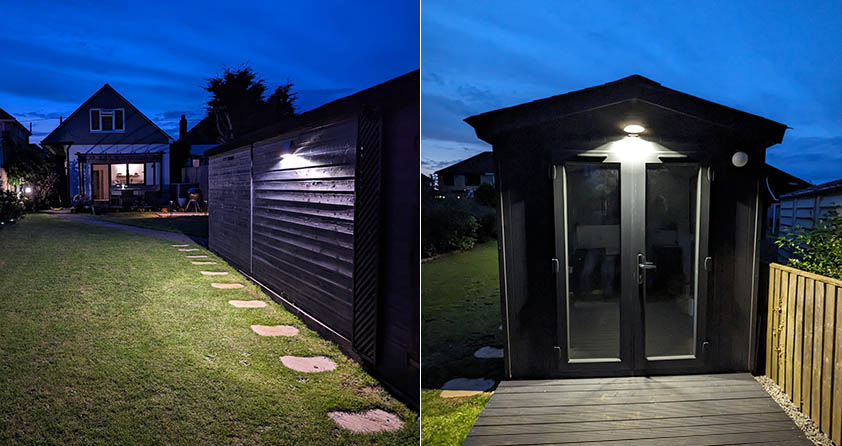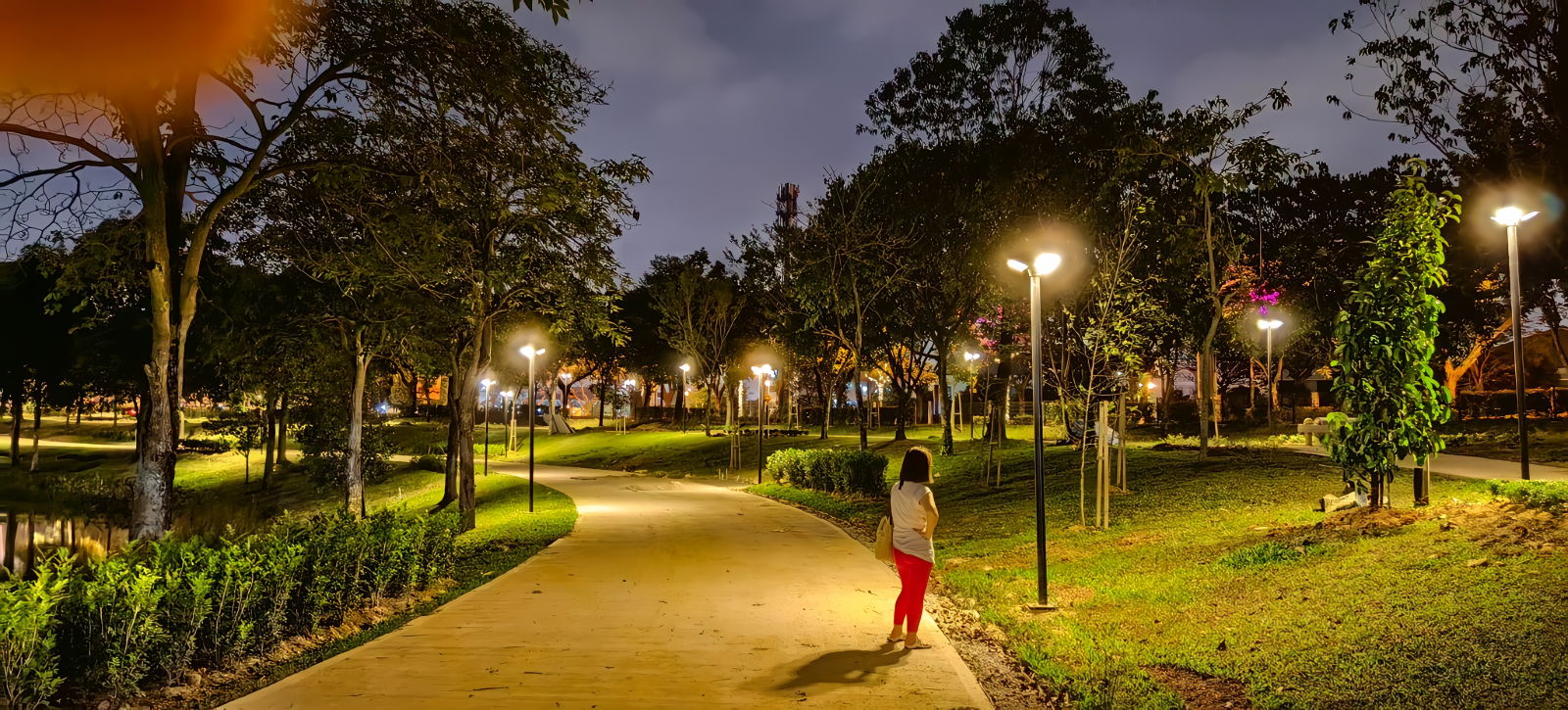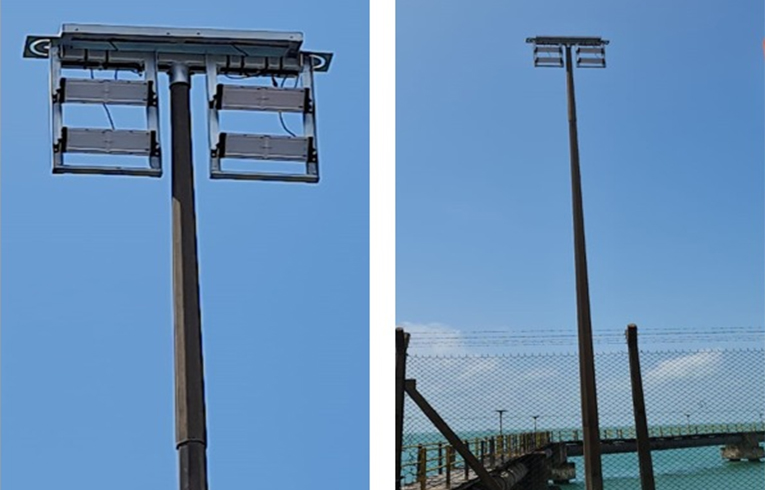As a dealer, it can be difficult to purchase the right solar lights for your customers. With so much choice and information available these days, identifying the quality of a product quickly becomes overwhelming. The key factor in obtaining the best value when purchasing solar lights is understanding what you should consider first. This blog post serves to provide insight into important considerations to keep top of mind when buying reliable and efficient solar lighting systems.
Understand the differences between different types of solar lights
Lighting Intensity: Solar floodlights and spotlights are designed to provide high-intensity lighting, suitable for illuminating larger areas or focusing on specific objects. Pathway lights and garden lights, on the other hand, offer softer, ambient lighting for pathways and landscaping.
Lighting Range: Solar floodlights have a wider lighting range, capable of illuminating larger spaces, whereas spotlights provide focused lighting for highlighting specific areas or objects. Pathway lights and garden lights typically have a shorter lighting range intended for localized lighting.
Installation and Mobility: Solar pathway lights, garden lights, and deck lights are often stake-mounted or can be easily mounted on flat surfaces, making them portable and flexible for rearranging. Floodlights and spotlights may require more permanent mounting or installation due to their higher intensity and directional lighting.
Functionality: Solar security lights and motion sensor lights have built-in sensors that activate the light when motion is detected, providing additional security and energy efficiency. Other types of solar lights typically have manual on/off switches or automatic dusk-to-dawn sensors.
Design and Aesthetics: Solar string lights are designed for decorative purposes, available in various colors and shapes, often used for creating a festive or cozy ambiance. Other solar lights, such as floodlights and spotlights, prioritize functionality over aesthetics, featuring a more utilitarian design.
Power Source and Battery Capacity: Different types of solar lights may vary in terms of the power source (solar panels) and battery capacity. Floodlights and spotlights generally have larger solar panels and battery capacities to support their high-intensity lighting, while smaller lights like pathway lights may have smaller panels and batteries.

Estimate how many lights you need for your area and what size they should be
To estimate the number and size of solar lights needed for your area, you will need to consider a few factors:
Area Size: Determine the total area you want to illuminate. Measure the length and width of the space to calculate the square footage. This will help determine the coverage area of each light.
Lighting Intensity: Consider the desired lighting intensity for the area. If you prefer brighter illumination, you may need more lights or higher-powered lights. For softer ambient lighting, fewer lights or lower-powered lights may be sufficient.
Spacing: Decide on the spacing between the lights. This can depend on personal preference and the specific requirements of the area. Typically, pathway lights are spaced around 6-8 feet apart, while larger areas like parking lots may require lights spaced further apart.
Lighting Pattern: Determine the lighting pattern you want to achieve. For example, if you want to evenly illuminate a pathway, lights should be evenly spaced along the path. Alternatively, for accent lighting or highlighting specific objects, lights can be strategically placed.
Lighting Coverage: Consider the beam angle and coverage area of the lights you choose. Different lights have varying coverage ranges, so ensure the lights you select can adequately cover the desired area.
Once you have these factors in mind, you can use them to estimate the number and size of lights needed. It’s recommended to consult the specifications provided by the manufacturer for each type of light to determine their coverage area and spacing recommendations.

Research the best type of batteries to use for maximum efficiency and longevity
When it comes to determining the best type of batteries for maximum efficiency and longevity, several options stand out. Here are some battery types that are often recommended:
Lithium-Ion (Li-ion) Batteries
Nickel-Cadmium (NiCd) Batteries
Nickel-Metal Hydride (NiMH) Batteries
Lithium Iron Phosphate (LiFePO4) Batteries
Lead-Acid Batteries
Which rechargeable battery is best for solar street lights? Please review this blog:WHICH RECHARGEABLE BATTERIES ARE BEST FOR SOLAR LIGHTS?

Factory attached warranty and customer support options
-
Trinity Warranty: According to their website, LED lighting manufacturers usually offer a 5-year parts-only warranty on fixtures and lamps. However, labor costs are typically not covered.
-
SRESKY: The average warranty for solar lights is typically between 3-5 years, with some longer warranties having limitations on hours of use.
-
Signify (Philips Lighting): Signify offers a limited 3-year warranty on their LED bulbs, covering defects in material and workmanship.
In conclusion
As we’ve discussed in this post, there are many variables to consider when selecting the right solar lights for your project. It’s important to research and understand the differences between each product, estimate how many lights you need for your area and what size they should be, and use the best type of batteries for maximum efficiency and longevity.
At SRESKY, we pride ourselves on offering products that are backed up with a warranty and customer support options as well as peace of mind. We also provide professional sourcing solutions to our customers, so if you’re feeling overwhelmed with all the choices available, don’t hesitate to contact us to discuss the right options for your individual needs. Start sourcing smarter today–SRESKY is here to help!
Table of Contents